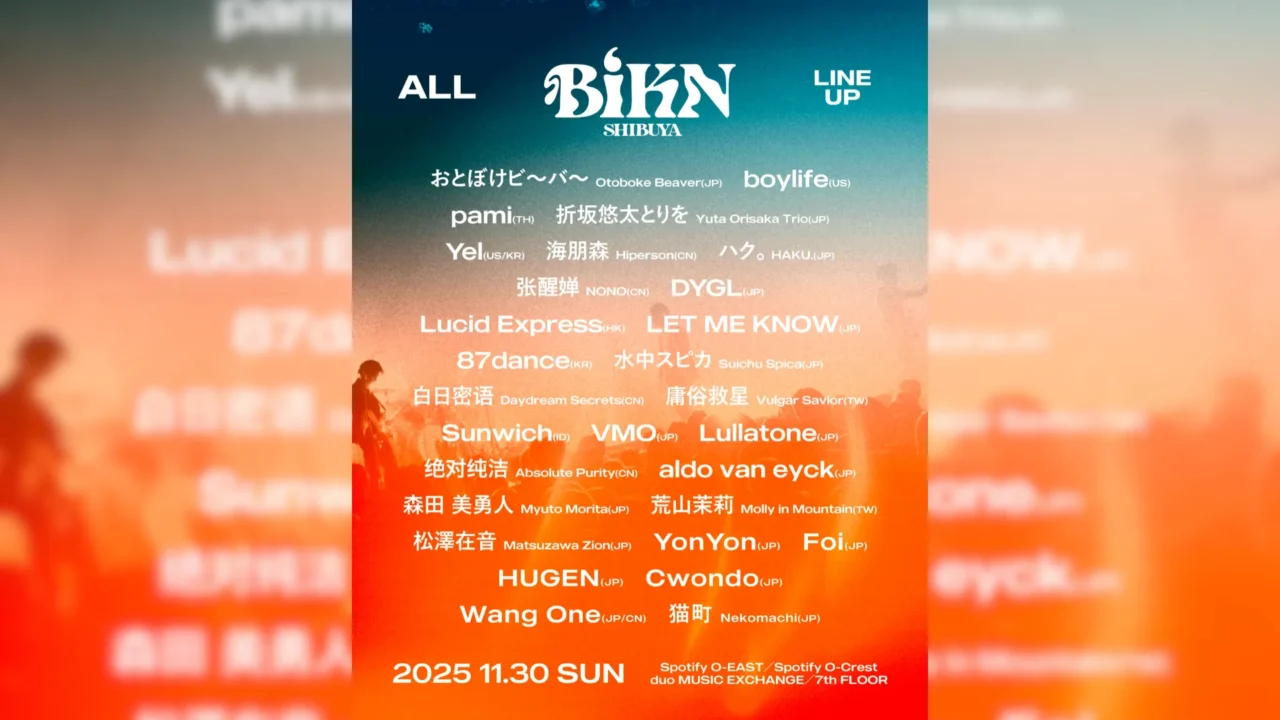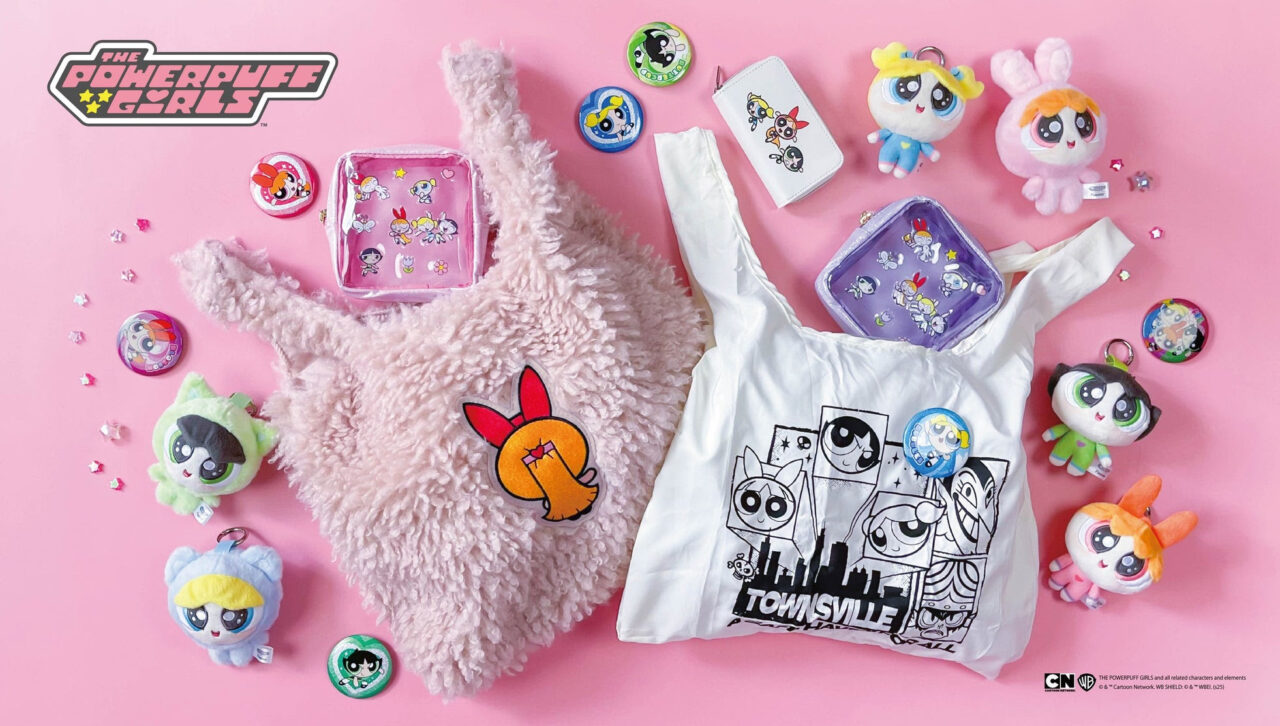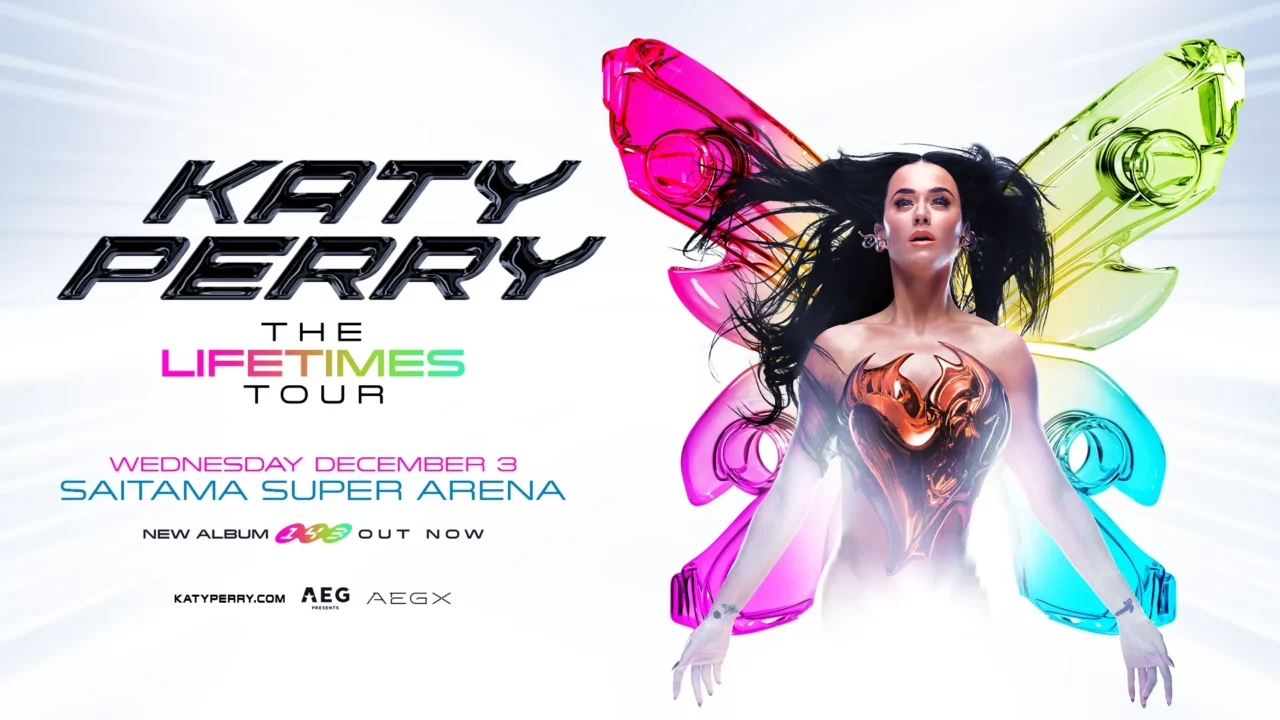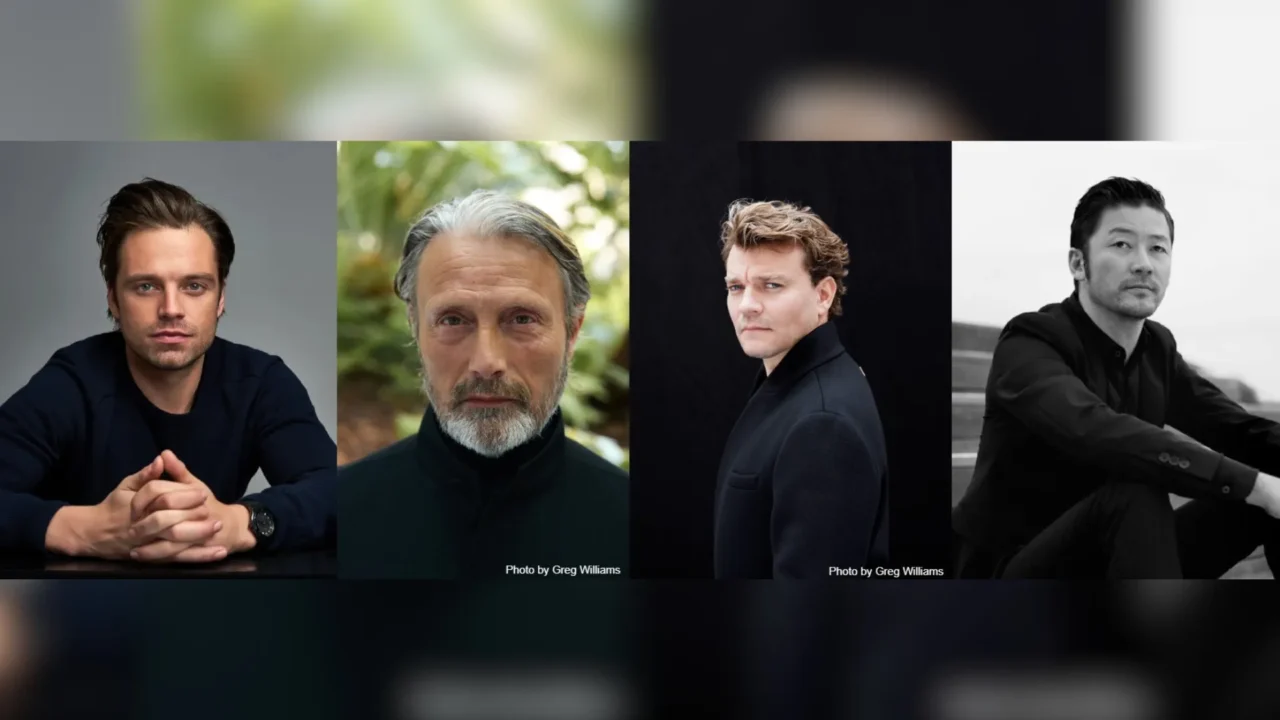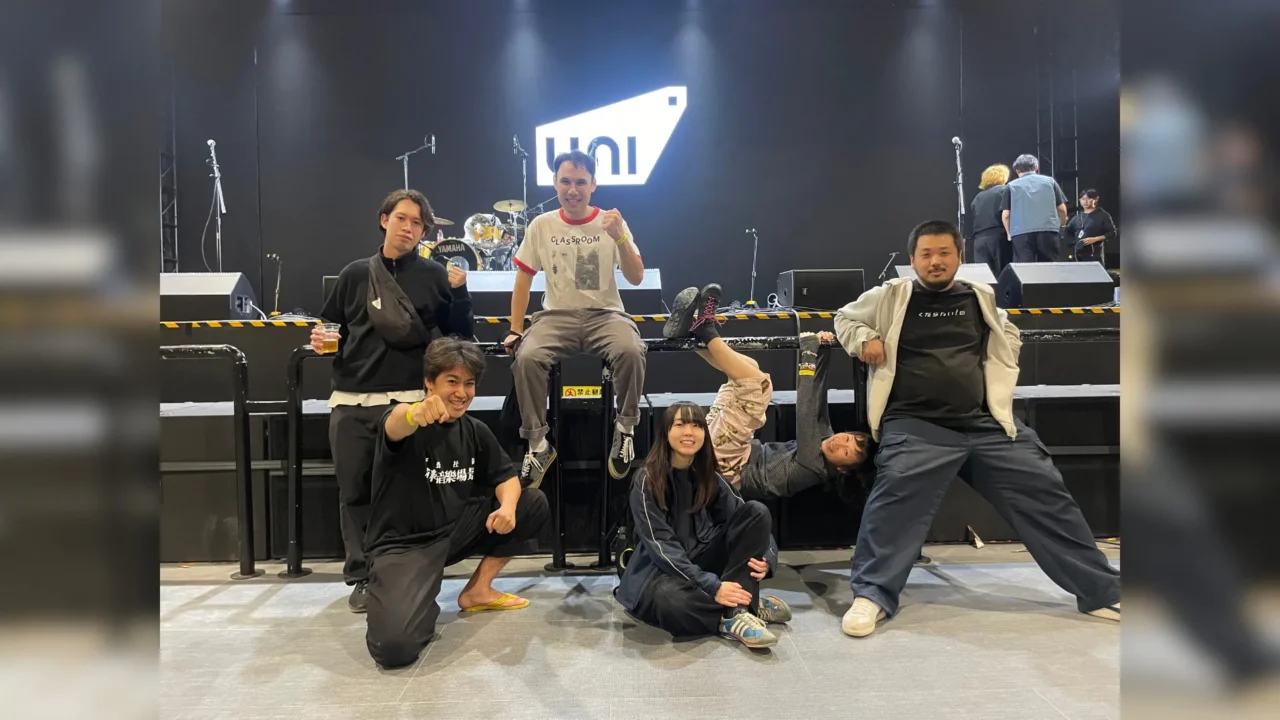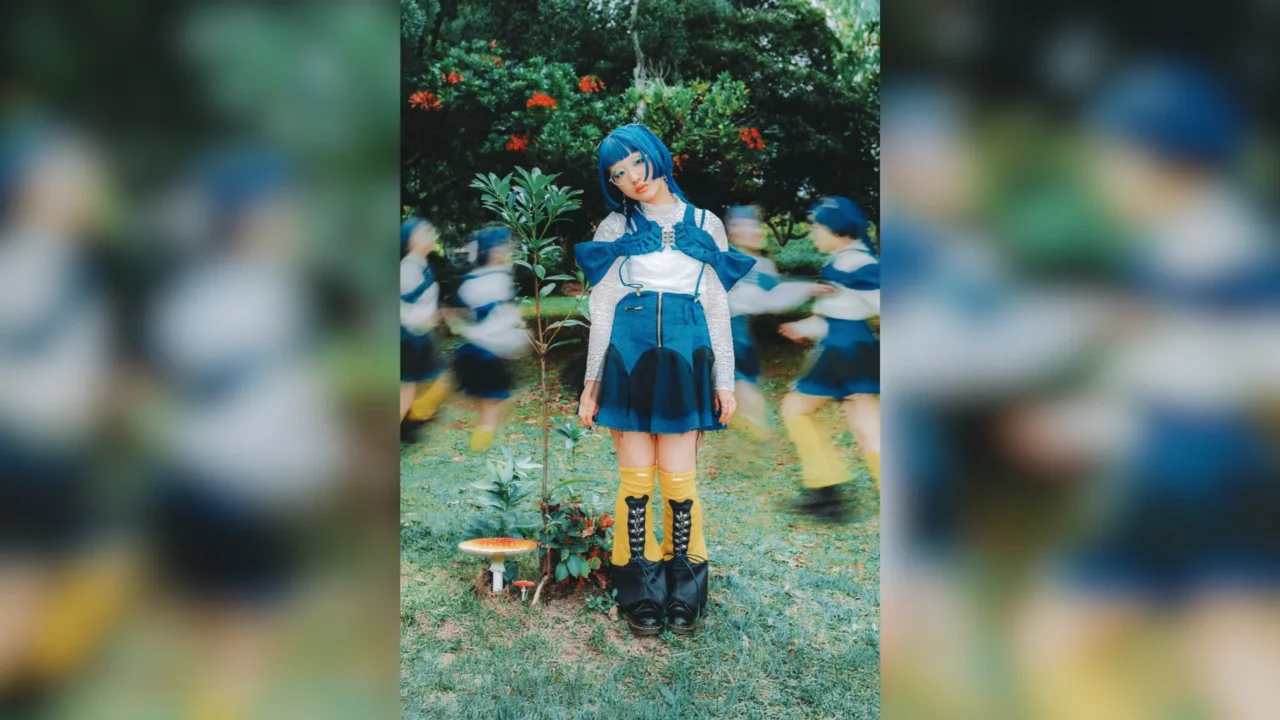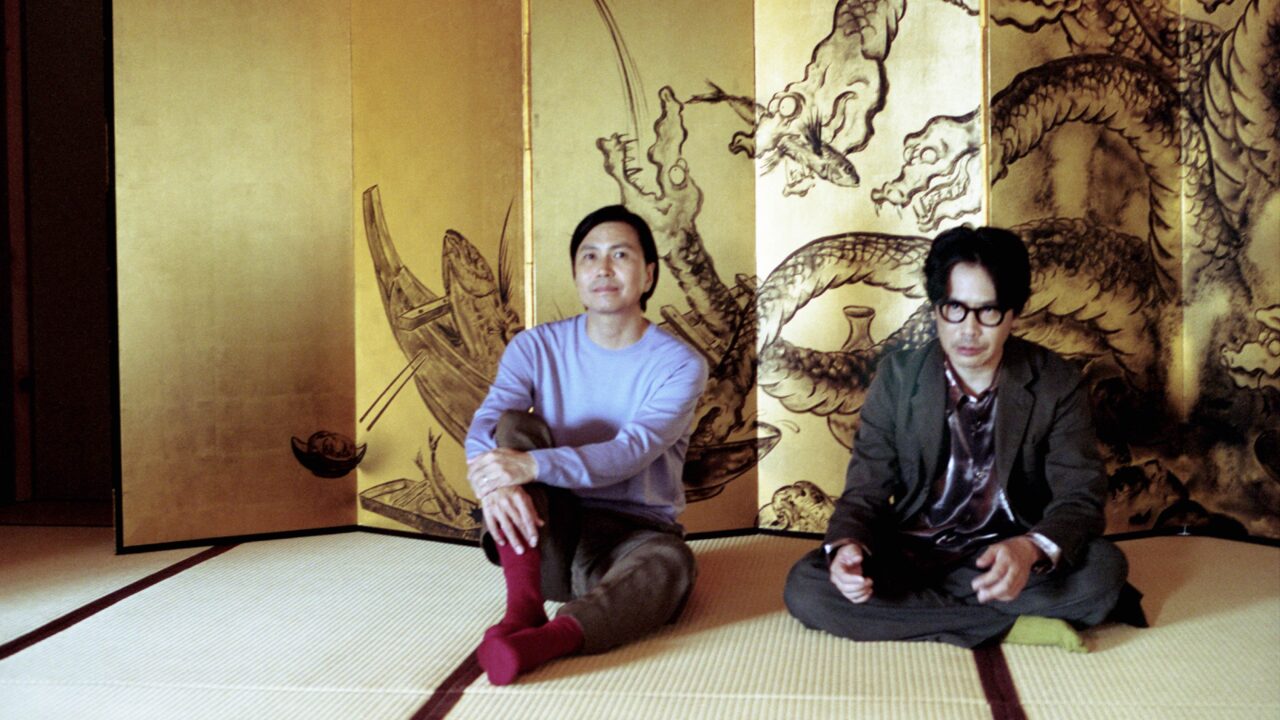A large-scale solo exhibition by the art collective SIDE CORE is currently being held for the first time in Tokyo at the Watari-um Museum of Contemporary Art in Jingumae. SIDE CORE’s mission is to explore the “expansion of expression in urban spaces.” How can we find excitement in the city, intervene in its spaces, and seek out new forms of expression? Put simply, they are “artists who create in the city.”
The exhibition is divided into three themes: (1) Perspective, (2) Action, and (3) Storytelling. After experiencing all the works, you’ll likely notice a shift in how you see and hear your surroundings. The city becomes fascinating—the street signs, the space between buildings, the water flowing into the gutters—all suddenly intriguing. The senses you’ve unconsciously muted for everyday life may return, and you’ll start to find humor in the chaos and randomness of the space you’re living in.
Ironically, the day I visited for coverage was a rainy day as a typhoon approached. That morning, Tokyo’s disaster infrastructure, the Metropolitan Area Outer Underground Discharge Channel (nicknamed the “Underground Temple”), was activated, making ‘#UndergroundTemple’ a trending topic. In hindsight, there may not have been a more fitting day to engage with SIDE CORE’s works.
Below is a selection of highlights from the captivating ‘SIDE CORE Exhibition | Concrete Planet’ that I’ll report on.
INDEX


Active since 2012, SIDE CORE consists of members Sakie Takasu, Toru Matsushita, and Taishi Nishihiro, with film director Kazunori Hobamoto also joining the group. Their work focuses on exploring and redefining the rules of public space, shifting perspectives, intervening in gaps, and expanding expression and actions. Using street culture as their lens, they operate both indoors and outdoors under the theme of “expanding expression in urban spaces.”
Recent exhibitions include:
Centennial Art Festival (2024, Kisarazu City / Sanmu City, Chiba)
The 8th Yokohama Triennale “Wild Grass: Living Here and Now” (2024, Yokohama)
Yamanashi International Art Festival Yatsugatake Art Ecology 2023 (2023, Yamanashi)
BAYSIDE STAND (2023, BLOCK HOUSE, Tokyo)
Oku-Noto Triennale 2023 (2023, Suzu City, Ishikawa)
rode work ver. under city (CCBT Art Incubation Program, 2023, Meguro Observatory Adjacent Lot)
Roppongi Crossing 2022: Coming & Going! (2022, Mori Art Museum, Tokyo)
Reborn-Art Festival (2022, 2019, 2017, Ishinomaki City, Miyagi)
Water Ripples Exhibition 2021 (2021, Watari-um Museum of Contemporary Art, Tokyo)
Out of Blueprints by Serpentine Galleries (2020, NOWNESS, London)
Chapter 1: “Perspective” — How to View the City?

On the second floor, the first eye-catching piece is Tokyo Streets. The wall displaying the artwork rotates slowly, illuminated irregularly by natural light and light from the pieces on the opposite side. The large screen features a collage of familiar roadwork signs. However, each piece of text and pictogram, while appearing similar, has subtle differences upon closer inspection (such as the angle of a person holding a shovel or the brim of a helmet). Unlike road signs or emergency exits, construction signs lack a standardized design, resulting in a “kind of like this, right?” discrepancy akin to a game of broken telephone. The prism reflective materials used in the signs are also varied, creating a beautiful and elusive play of light.

The light source is Breath of the Night. One side of a car’s headlight is mounted on the wall and flickers in complex patterns synchronized with programmed music. The single headlight can resemble an animal’s eye or even wings.
The highlight is the large installation piece Time for Computers and Bulldozers on the right. Balls are dropped from the third floor into iron pipes, and the resulting sounds create a “sound sculpture” that immerses the audience. The sharp, resonant metal noises are much more intense than expected, resembling the sound of subway brakes. Eventually, when the balls are ejected into a simple bucket at the far right, the space regains its tranquility. I was surprised by the small size of the balls, but what struck me most was that the piece relies on the museum staff to collect and replenish the balls at regular intervals. It’s intriguing to think that the piece cannot function without people… but upon reflection, almost everything in the city is made by people for people and fundamentally depends on human presence for its existence.

Soft Buildings, Hard Ground is a ceramic sculpture. It features objects that seem to lack clear ownership, such as street blocks, broken bottles, haphazardly placed plants, and broken umbrellas—items that are suspended in their existence. While trash thrown into a household bin is considered personal waste, objects left on the street acquire an odd sense of publicness and become part of the urban landscape.
Ceramics, created through shaping and firing clay, are often considered humanity’s first industrial waste. The artist uses ceramics as a symbolic medium to create objects that exist in the zone between the individual and the city. It’s amusing to think that if a major earthquake buried the Watari-um Museum underground, future generations might discover this artwork and scratch their heads in curiosity.
INDEX
Chapter 2: “Action” — How to Interact with the City?
On the third floor, be sure to pay attention to the video works. Additionally, don’t miss the opportunity to view artworks while moving between the second and third floors.
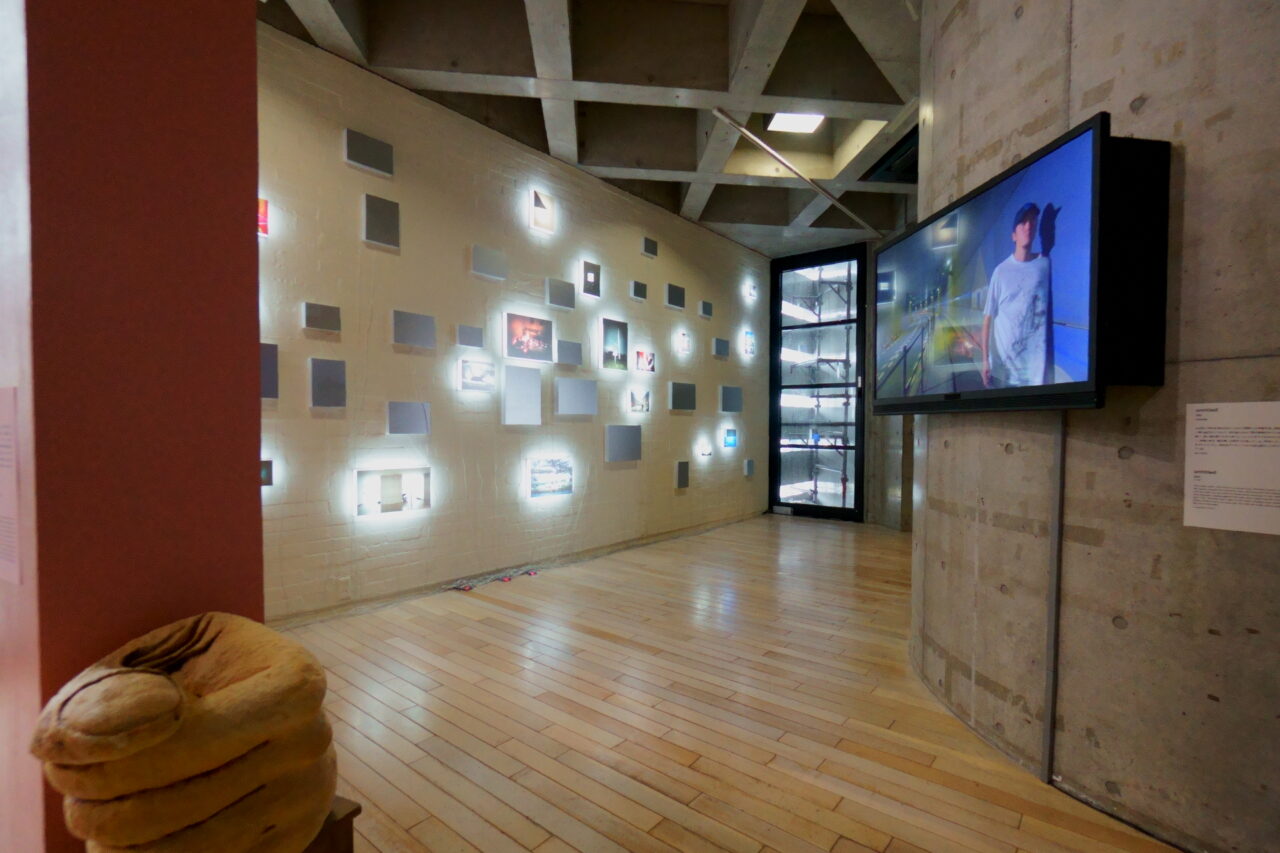
One of the most striking and solidly crafted works is the video piece untitled on the left. It features a figure walking expressionlessly through a tunnel with passing cars in a four-and-a-half-minute film. As the figure moves, they rub their shoulder against the wall, scraping away accumulated exhaust soot. This causes the figure’s T-shirt to turn completely black, leaving a line at shoulder height on the wall where the figure has walked. Despite using a different medium, this too can be seen as a form of graffiti in the sense that it leaves a trace of its presence in the city.
The description notes that the work involves “scanning the city through the body,” which makes sense—if you want to engage with a subject, physical contact is necessary, and traces will inevitably be left behind. As I watched, I began to understand why artists intervene in urban spaces and why art in public spaces exists. It became clear that this engagement is essential for perceiving and understanding the world around us.
The more you become aware of the strange details of the city through a particular perspective, the more overwhelmed you can feel by its complexity and sheer volume of information. Feeling disoriented about where you are standing can be quite unsettling. Just as you would wander aimlessly around a new neighborhood when you move, to firmly establish your presence in the city, you need to engage with it and mark your place, even if just incrementally. In that light, street art seems quite earnest.

As you proceed further, more video works are displayed. empty spring, as it is titled, shows the streets of Shibuya completely deserted during the state of emergency in April 2020.

However, this work is more than just a recording. It captures what appears to be poltergeist phenomena (or something like it) occurring in various parts of deserted Shibuya. Traffic cones cross the crosswalk on their own, and trash cans next to vending machines eject cans. While the visible strings pulling the objects make it clear that this isn’t meant to be a realistic ghost story, the setting includes iconic locations like Shibuya’s scramble crossing and in front of PARCO, and the scenes are set in broad daylight. In an otherwise unimaginable empty cityscape, these manual “poltergeists” come to life. In other words, this is not CGI. The work doesn’t simply play with the idea of inanimate objects moving by themselves in an empty city. Instead, it presents an eerie situation that is almost unbelievable, with a chilling backdrop that makes it a truly unsettling experience.













